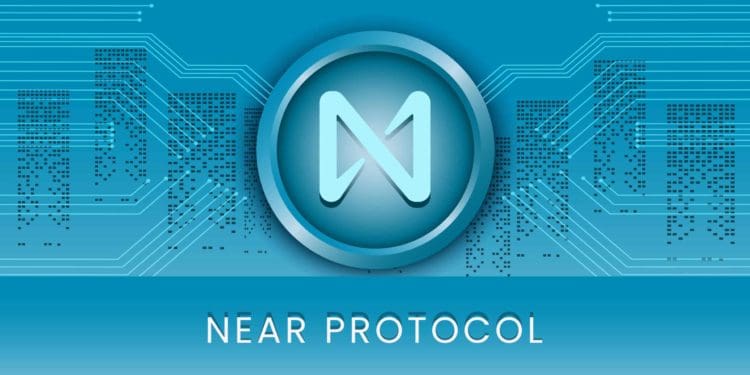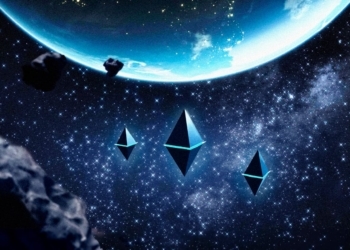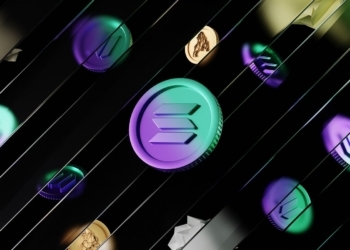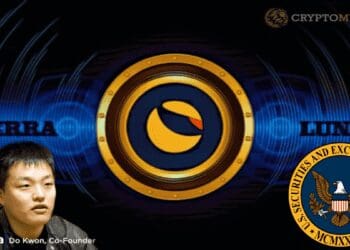Scalability issues have always plagued early blockchains like Bitcoin and Ethereum. And it is that Thanks to the fame of cryptocurrencies, users in blockchains have grown a lot, making a lot of growth issues due to the limitations of the technology. This created the need for scalability.
There are numerous ways to make blockchain scalable. Sharding is one among them, and the NEAR protocols have been successfully deployed to accommodate large transaction speeds.
What is NEAR?
The NEAR Protocol, often known as NEAR, is a decentralized development platform based on the NEAR Protocol, a public, sharded, developer-friendly proof-of-stake blockchain. The protocol became live in July of 2018. The headquarters of NEAR Inc. is in San Francisco, California.
The primary goal of NEAR is to make it simple for developers to create and operate DApps having millions of users. According to NEAR Inc., it is safe enough to manage high-value assets like money or identity while still being efficient enough to benefit average people, putting the power of the Open Web in their hands.
According to the protocol’s website, thanks to a set of example apps, even a developer without access to a blockchain can simply design a DApp. The platform also includes an open-source stack that enables developers to create blockchain smart contracts in any language that compiles to WebAssembly (WASM), such as AssemblyScript and Rust.
Rainbow Bridge
Rainbow Bridge is a NEAR application that lets users move wrapped tokens, stablecoins, Ethereum ERC-20 tokens, and even NFTs to NEAR blockchains. As a result, developers and users alike can benefit from the NEAR protocol’s improved performance and decreased costs.
The Rainbow Bridge is permissionless and completely decentralized. Users can send ERC-20 assets from any Web3 wallets to NEAR Wallet and vice versa to match tokens. The token should first be deposited through an Ethereum smart contract.
Because direct token transfers across networks are not possible, the tokens will be frozen and removed from circulation on Ethereum. So they can represent the original tokens, they will create new ones. In this way, the total circulating supply of the token remains constant on both blockchains.
In most cases, transactions on NEAR will be confirmed within 1-2 seconds and will cost less than $1. However, if the user wishes to return the token to Ethereum, the procedure may cost more and take longer to process. The prices of the gas and the traffic are going to decide its value.

Aurora
Aurora is the NEAR Protocol’s layer 2 name. Its goal is to make it easier for developers to construct apps on a platform, that is compatible with Ethereum, with lower transaction fees. Aurora is able to host more than 1 thousand transactions every second, having just a 2 seconds confirmation time for blocks.
Aurora is made up of two parts: the Aurora Bridge and the Aurora Engine. Aurora Engine is an Ethereum Virtual Machine (EVM) based on NEAR.
This makes it easy for developers to get started with NEAR without having to rewrite their DApps or learn new development tools. They can utilize Aurora Bridge to effortlessly connect their Ethereum and NEAR Protocol smart contracts and ERC-20 tokens. In Aurora, people can also pay transaction costs with ETH.
What is the objective?
The NEAR Protocol aims to be the most accessible network in the world for both end-users and developers, while also ensuring scalability and security. To make this possible, it allows you to create decentralized applications and onboard users with excellent experience and scaling applications.
Thresholded Proof-of-Stake (TPoS) consensus and Nightshade Sharding design are two essential elements that NEAR uses to achieve its purpose.
The NEAR protocol uses a novel consensus mechanism called Thresholded Proof of Stake (TPoS) to ensure that transactions are properly validated. According to NEAR, TPoS makes it difficult and costly for an adversary to attack the network and validate false information.
In the NEAR scenario, network participants were designated as witnesses, and they staked tokens in exchange for block rewards to produce and verify blocks. Validators on NEAR are compensated based on token supply inflation, transaction fees, and storage costs, rather than only a portion of transaction fees as on other PoS platforms.
Validators are required to stake a fixed quantity of NEAR as a guarantee against dishonest behavior. With an auction at the conclusion of each epoch, the NEAR protocol automatically selects the best validators. Each NEAR epoch lasts around 12 hours.
NEAR uses a sophisticated auction method to select the nodes with the highest involvement, making them qualified to produce new blocks and gain incentives. If the staked amount is insufficient, the validator node will not be assigned a validator seat and will instead act as a normal relay node, waiting for the next epoch. Validators can also request delegation to improve their benefits.
Nightshade Frag Skin
The early blockchain’s performance was poor since each node in the network had to process each transaction. Many solutions have been offered to resolve the protocol-level performance issue.
One method is to delegate all computing to a small number of powerful nodes, with each node in the network performing only a portion of the overall work, as Solana and Algorand do. However, the throughput of a single machine is still limited.
Another method is sharding, which divides the work among all participating nodes. Multiple blockchains, referred to as shards, are utilized in sharding. Validators are unique to each snippet.
NEAR, on the other hand, employs an innovative sharding scheme known as Nightshade, in which the team has represented the system as a single blockchain.
The system is modeled as a single blockchain by Nightshade, with each block logically combining all transactions from all shards and updating all shard data.
However, physically no participant downloads the complete state or the complete logical block. Instead, each network participant only maintains the state that corresponds to the shards for which they validate transactions, and the list of all transactions in the block is divided into physical shards, one shard per shard.













Discussion about this post